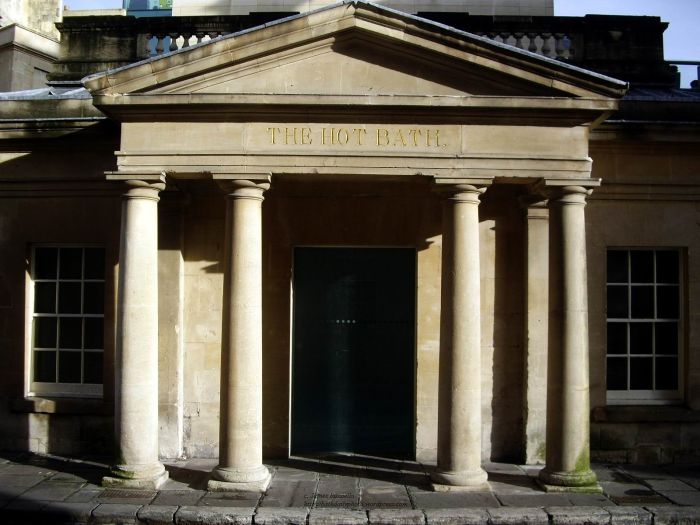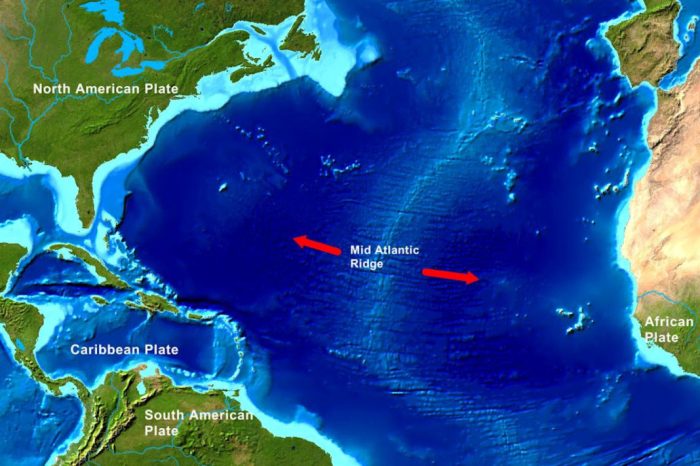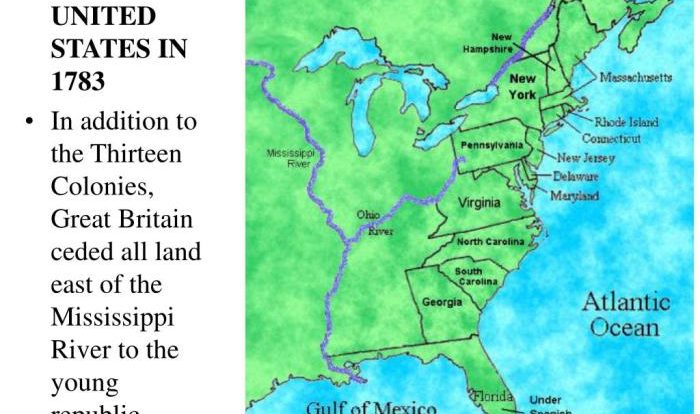Middle atlantic phase: summer 1776- summer 1778 – The Middle Atlantic Phase of the American Revolutionary War, spanning from the summer of 1776 to the summer of 1778, stands as a pivotal chapter in the struggle for independence. This period witnessed intense military campaigns, diplomatic maneuvers, and profound social and economic transformations, all of which shaped the ultimate outcome of the war.
The geographical scope of the Middle Atlantic Phase encompassed the region from New York to Virginia, a strategically vital area that served as a gateway to the interior and a battleground for control of major waterways.
1. Overview of the Middle Atlantic Phase
Summer 1776-Summer 1778

The Middle Atlantic Phase of the American Revolutionary War spanned from the summer of 1776 to the summer of 1778. It encompassed the crucial battles and political developments that shaped the war’s trajectory. Geographically, the phase primarily involved the Middle Atlantic colonies of New York, New Jersey, and Pennsylvania.
The Middle Atlantic Phase played a pivotal role in the war. It witnessed the British capture of New York City, the American victories at Trenton and Princeton, and the turning point of the war at Saratoga. These events had a profound impact on the morale, strategy, and eventual outcome of the conflict.
2. Military Campaigns and Strategies: Middle Atlantic Phase: Summer 1776- Summer 1778
The Middle Atlantic Phase featured significant military campaigns and battles. The British sought to gain control of the Hudson River Valley, while the Americans aimed to defend their territory and disrupt British supply lines.
Key battles included the Battle of Long Island, the Battle of White Plains, the Battle of Trenton, and the Battle of Saratoga. The Americans employed guerrilla tactics and defensive strategies, while the British relied on superior firepower and naval support.
Geography and logistics played a crucial role. The mountainous terrain and harsh winter conditions posed challenges for both armies. The British struggled to maintain supply lines, while the Americans took advantage of their familiarity with the local environment.
3. Political and Diplomatic Developments
The Middle Atlantic Phase also witnessed significant political and diplomatic maneuvering. The Continental Congress sought to gain international recognition and support for their cause.
France emerged as a key ally, providing financial and military assistance to the Americans. The Treaty of Alliance (1778) marked a turning point in the war, solidifying France’s commitment to the American cause.
Political divisions within the colonies also surfaced during this phase. Loyalists remained loyal to the British Crown, while Patriots supported independence.
4. Economic and Social Impact

The Middle Atlantic Phase had a profound economic and social impact on the region. The war disrupted trade and agriculture, leading to shortages and inflation.
The displacement of populations occurred as civilians fled from battle zones. The war also exacerbated existing social inequalities, with the wealthy often benefiting from war profiteering while the poor suffered from economic hardship.
5. Key Individuals and Leadership
Several key individuals played significant roles during the Middle Atlantic Phase. George Washington led the Continental Army, demonstrating his resilience and strategic prowess.
Benedict Arnold emerged as a controversial figure, initially serving as a brilliant military commander before later switching sides to join the British.
British General William Howe faced challenges in navigating the complex terrain and political landscape of the region.
6. Legacy and Historical Significance

The Middle Atlantic Phase had a lasting impact on the American Revolutionary War. The American victories at Trenton and Saratoga boosted morale and paved the way for French support.
The war also left a legacy of division and reconciliation. The experiences of the Middle Atlantic Phase shaped the nation’s identity and its approach to conflict.
The lessons learned during this phase remain relevant today, providing insights into the complexities of war, the importance of international alliances, and the resilience of the human spirit.
Quick FAQs
What were the key military campaigns of the Middle Atlantic Phase?
The Middle Atlantic Phase was marked by several major military campaigns, including the Battle of Long Island, the Battle of Trenton, and the Battle of Saratoga.
How did the Middle Atlantic Phase impact the American economy?
The war disrupted trade and agriculture in the Middle Atlantic region, leading to shortages of goods and rising prices.
What role did foreign powers play in the Middle Atlantic Phase?
France and Spain provided financial and military support to the American cause, while Great Britain sought alliances with Native American tribes.
